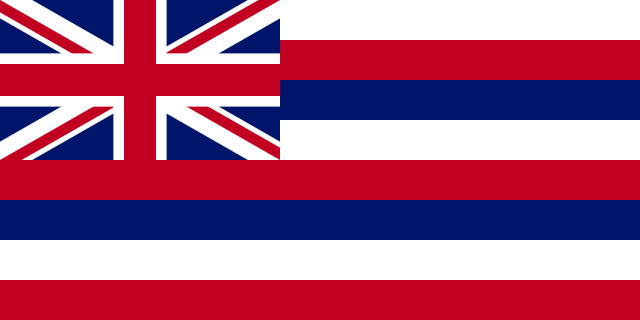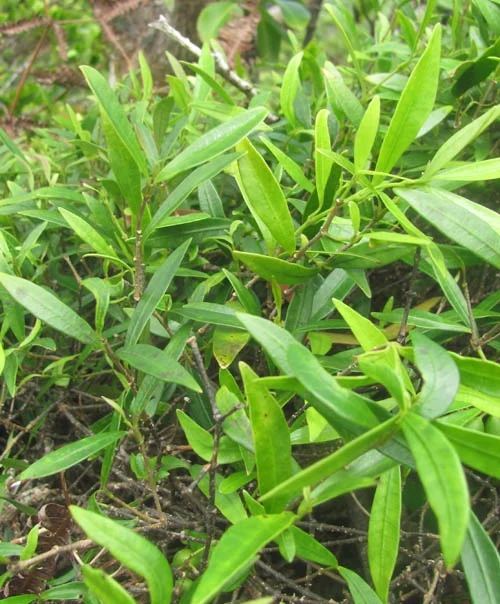Mākua in Moʻolelo
The sacred Mākua Valley, which consists of the ahupuaʻa of Mākua, Kahanahāiki and Koʻiahi, has a history that is as rich and and as deep as any place in the Hawaiian archipelago. That history, which included some of the most powerful dieties of the Hawaiian pantheon, was captured in stories passed down through generations, stories and dieties which still define Mākua and each Hawaiian island.
MĀKUA ROOTED IN ANCIENT HAWAIIAN STORIES, INCLUDING HIʻIAKA's epic journey
Stories of Mākua have ancient roots and are part of Native Hawaiian mythology, including the epic story of Pele and Hiʻiaka. Hiʻiaka spent time at Mākua during her epic journey to fetch Kauaʻi aliʻi Lohiau and bring him to sister Pele on Hawaiʻi Island, who wanted him for her lover. Hiʻiaka performing supernatural feats throughout her journey, including at Mākua, where she revived the life of a Mākua girl, who had been killed when she shunned the advances of Pōhakuloa, a stone who also took human and shark form. Hiʻiaka then killed Pōhakuloa, ridding the area of one of the evil multi-formed deities of the ocean off the Waiʻanae Coast.
moʻo of mākua valley
Moʻo is often translated from Hawaiian into English as “lizard.” However, mo‘o were not harmless small geckos, but rather they were large creatures with long and terrifying bodies. Traditionally, mo‘o are associated with fish ponds, and they are considered guardian spirits. The particular mo‘o of Kalena stream and pond was said to have once been a beautiful girl who lived in the valley. Her parents changed her into a mo‘o so that she could not marry the shark-man of Kāneana.
the famous mailelauliʻi of koʻiahi
Mailelauli‘i o Ko‘iahi, the small-leafed maile was noted for its fragrance. The maile of Ko‘iahi was believed to have the finest leaf of any maile on O‘ahu. It was said to have been destroyed by goats (Pukui 1953). This famous plant also plays a role in the legend of Kalelealuaka, a warrior of supernatural prowess associated with the well known king Kakuhihewa (Thrum 1998). Kalelealuaka’s adventures take him to a number of districts around O‘ahu, where he appears adorned with lei representing the area, performs tremendous military feats, is promised the region as a spoil of war, and disappears again mysteriously. In the end, he inherits the kingdom from Kakuhihewa. In the legend’s Wai‘anae episode, Kalelealuaka appears bedecked in mailelauli‘i.
Mailelauli‘i was also the name of a beloved relative of Hi‘iaka, who greeted her at Mākua.
Mākua: traditional home of the bone-breakers
The ‘Ōlohe or Ha‘a were a class of Native Hawaiians skilled in the art of wrestling and bone breaking or lua. They reportedly pulled their hair out and smeared their bodies with oil to provide no hold to an opponent. Mākua Valley is a traditional haunt of the ‘Ōlohe or Ha‘a. Similar traditions occur in the islands of Maui and Hawai‘i (Beckwith 1940).
kāneana cave: home to a shark god
Once upon a time there was a shark god known as Kamohoali‘i, who was king of all sharks. Kamohoali‘i could change into a dignified and majestic man. He wooed a woman by the name of Kalei, who did not know he was actually the king of sharks, and married her. When it came time for the couple’s child to be born Kamohoali‘i warned Kalei to guard the child’s body from the sight of man, and never allow it to eat the flesh of any animal.





